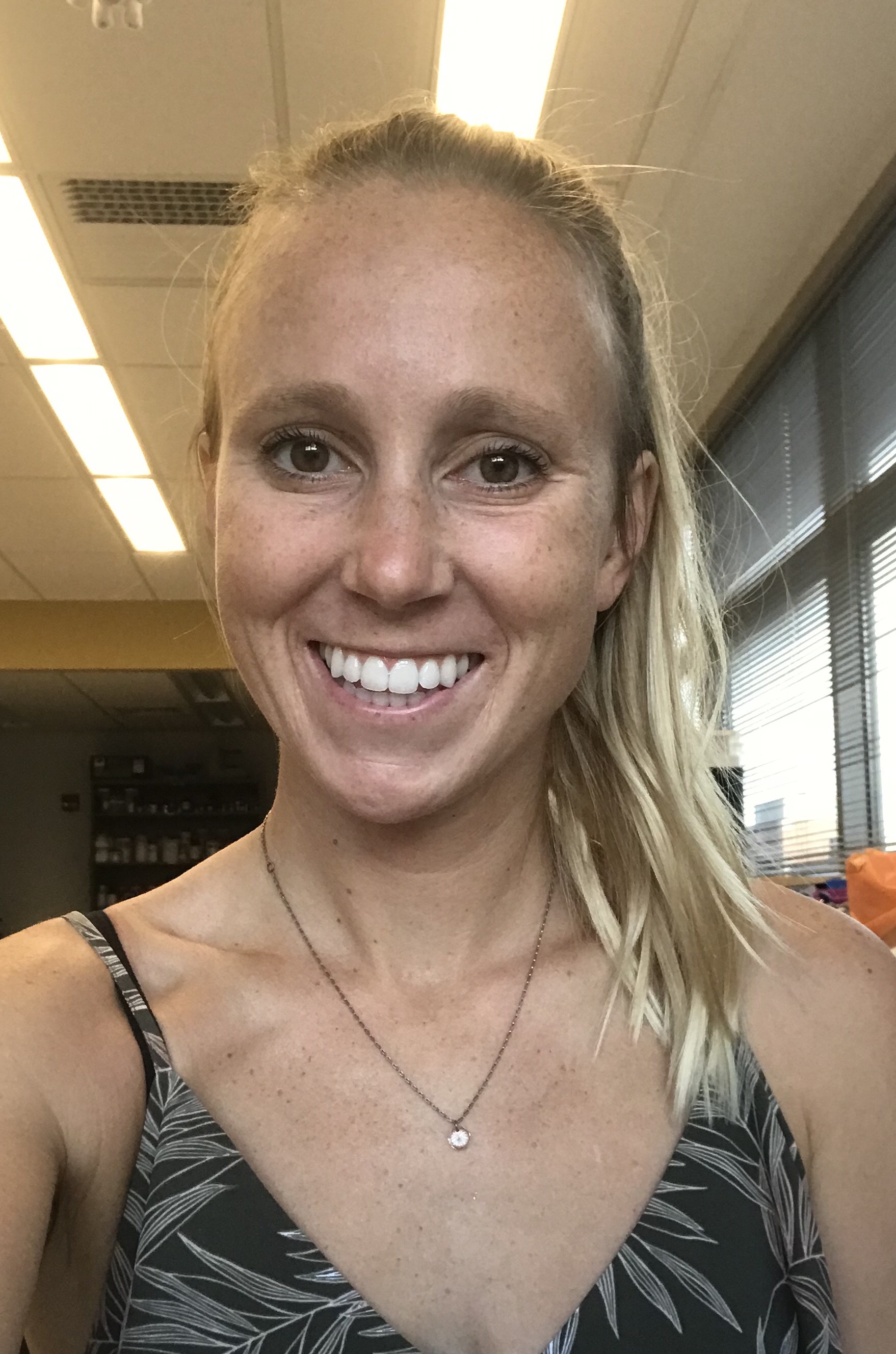Lauren Aufdembrink works to make virus detection, similar to COVID-19 PCR tests, easier and cheaper for providers.

In the midst of the pandemic, one of the most constant ways individuals worldwide have determined if they have COVID-19 is through PCR testing. However, such tests are expensive and require specialized equipment to work. Graduate Research Assistant Lauren Aufdembrink in the Engelhart and Adamala labs is working to create a new process that is cheaper and more accessible to use. We recently caught up with Aufdembrink to learn about her work.
Can you share an overview of your findings?
I have been working on creating easy to use, affordable isothermal disease detection platforms. My goal is to make disease monitoring not limited due to energy requirements or funding to places like centralized care facilities, but create a system that can be used in remote locations by people with minimal laboratory background.
The problem is most current disease detection is PCR based (including the majority of COVID19 tests) requiring expensive, energy intensive thermocyclers to amplify DNA sequences to levels capable of detection. However, the isothermal reactions I am using occur at a single temperature negating the need for expensive, energy intensive machinery such as thermocyclers. My findings also circumvent the need for trained laboratory technicians to interpret results via gel electrophoresis or the need for expensive probes to be added to the reaction.
Lastly, to create a disease-detection platform, I needed an inexpensive way to read the fluorescent signal from my reactions. To do this, I am using a cell phone camera module controlled by a raspberry pi computer and a 3D printed rig to hold reaction tubes that get illuminated by small LEDs. The whole system can be made for less than $50. I wrote a short python script to control the LEDs and image acquisition. The script then uses images and quantifies signals based on pixel density in real time. The whole system is quite durable and easy to use! I have even created fun movies of my reactions using it.
So far I used my system to detect a variety of E.coli, Salmonella and HIV nucleic acid sequences. I have also created reactions to detect the nucleocapsid gene, N, and Spike gene, S, of SARS-CoV-2 the virus behind the COVID-19 pandemic. I have targeted the same region used in the PCR based COVID-19 test currently in use in the US.
What drew you to this research?
I really like fluorescent signals. Prior to starting graduate school I worked at a company doing disease detection on various food products, many PCR based tests or culture based. The tests were expensive to run, and required a bunch of specialized machines and training. After leaving that job, I became a tech at a research lab and used fluorescently conjugated antibodies to detect various immune cells in mouse hearts. When I came to graduate school and found out about nucleic acids, rather than proteins, that could produce fluorescent signals I thought that was so cool and wanted to find ways to use them! We then came up with trying to use these in disease detection and other things where fluorescence is really helpful but the traditional fluorescent proteins used have qualities that may not be ideal.
What are the broader implications of your research?
I would really like to see my research make a difference in disease monitoring. By creating a cost-effective system that can be used anywhere, by anyone, it makes it much easier to detect outbreaks before they spread. Just thinking about it in terms of the current pandemic-- COVID-19, if we were able to more easily monitor everyone, and trace the disease, we could have more easily detected infected individuals, allowed them to isolate and potentially stop the spread of the virus. Even now, I envision my system to be used for contact tracing measures.
What’s the next stage of your research?
For the next stage of my research I want to make my reaction more sensitive. When you first get infected with a disease you may not have as many pathogens circulating your system, making it more difficult to amplify their nucleic acids, a critical step in my disease detection system. By creating a more sensitive system I will be able to better detect diseases and do it at an earlier day of infection. I would also like to test my reaction in the field. So far I have done reactions at my laboratory bench, but not brought it to, say, my home or a literal field.